Basically you have two scenarios described below.
- The table is large and you need to split the data in several partitions
- The table gets the first partition and you add new partition for new data
Lets use this setup for the not partitioned table
create table jdbn.non_part
(id int not null, name varchar(100));
insert into jdbn.non_part (id,name)
SELECT id, 'xxxxx'|| id::varchar(20) name
from generate_series(1,1000) id;
The table contains id from 1 to 1000 and for the first case you need to split them in two partition for 500 rows each.
Create the partitioned table
with identical structure and constraints as the original table
create table jdbn.part
(like jdbn.non_part INCLUDING DEFAULTS INCLUDING CONSTRAINTS)
PARTITION BY RANGE (id);
Add partitions
to cover current data
create table jdbn.part_500 partition of jdbn.part
for values from (1) to (501); /* 1 <= id < 501 */
create table jdbn.part_1000 partition of jdbn.part
for values from (501) to (1001);
for future data (as required)
create table jdbn.part_1500 partition of jdbn.part
for values from (1001) to (1501);
Use insert to copy data
Note that this approach copy the data that means you need twice the space and a possible cleanup of the old data.
insert into jdbn.part (id,name)
select id, name from jdbn.non_part;
Check partition pruning
Note that only the partition part_500 is accessed
EXPLAIN SELECT * FROM jdbn.part WHERE id <= 500;
QUERY PLAN |
----------------------------------------------------------------+
Seq Scan on part_500 part (cost=0.00..14.00 rows=107 width=222)|
Filter: (id <= 500) |
Second Option - MOVE Data to one Partition
If you can live with the one (big) initial partition, you may use the second approach
Create the partitioned table
same as above
Attach the table as a partition
ALTER TABLE jdbn.part ATTACH PARTITION jdbn.non_part
for values from (1) to (1001);
Now the original table gets the first partition of your partitioned table. I.e. no data duplication is performed.
EXPLAIN SELECT * FROM jdbn.part WHERE id <= 500;
QUERY PLAN |
---------------------------------------------------------------+
Seq Scan on non_part part (cost=0.00..18.50 rows=500 width=12)|
Filter: (id <= 500) |
Similar answer with some hints to automation of partition creation here

